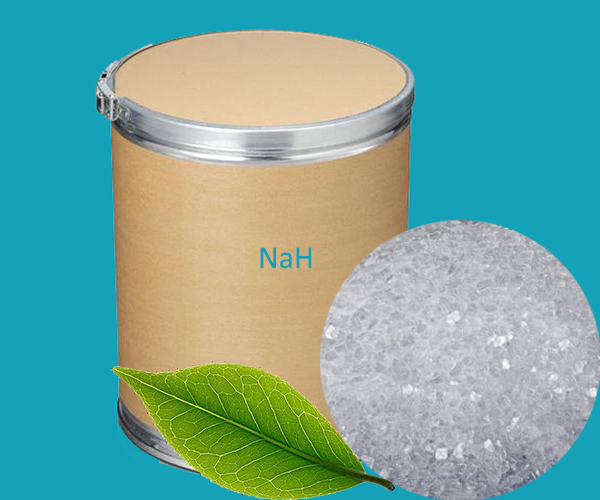Sodium hydride is an inorganic compound with the chemical formula NaH, which is composed of sodium and hydrogen. It is a white to gray solid that is hygroscopic and capable of reacting with water to produce hydrogen and sodium hydroxide. Sodium hydride has some specific uses in industry, such as being used as a reducing agent in the production of certain types of plastics, rubber, lubricants, and other chemicals.
Sodium hydride is a strong reducing agent, and it has a variety of uses in chemical synthesis and industrial processes. Here are some of the main uses of sodium hydride:
1. Organic synthesis: Sodium hydride is widely used in reduction reactions in organic chemistry, such as catalytic hydrogenation, hydrogenation, and dehalogenation. It can be used to synthesize alcohols, aldehydes, ketones, acids, amines, and other organic compounds.
2. Pharmaceutical manufacturing: In the pharmaceutical industry, sodium hydride is used to synthesize a variety of drugs, including antibiotics, antineoplastic drugs, hormones, etc.
3. Pesticide production: sodium hydride is used as a reducing agent or reaction intermediate in the synthesis of certain pesticides and insecticides.
4. Petrochemical: In the refining process, sodium hydride can be used as a catalyst to help remove unsaturated compounds and improve the stability and oxidation resistance of gasoline.
5. Metal refining: Sodium hydride can be used to refine certain metals, such as cobalt, copper, nickel, and rare earth metals, to obtain pure metals by reducing the oxides or halides of the metals.
6. Synthetic rubber and plastics: In the synthetic rubber and plastics industry, sodium hydride is used to adjust the molecular weight of polymers and improve their physical properties.
7. Fine chemicals: Sodium hydride is also widely used in the field of fine chemicals, such as the production of dyes, pigments, fragrances, and other specialty chemicals.
8. Preparation of nanomaterials: Sodium hydride can be used to prepare certain nanomaterials, such as nanometal particles, nanotubes, and nanowires.
 English
English Español
Español Português
Português Français
Français Deutsch
Deutsch Русский
Русский 中文
中文 日本語
日本語
